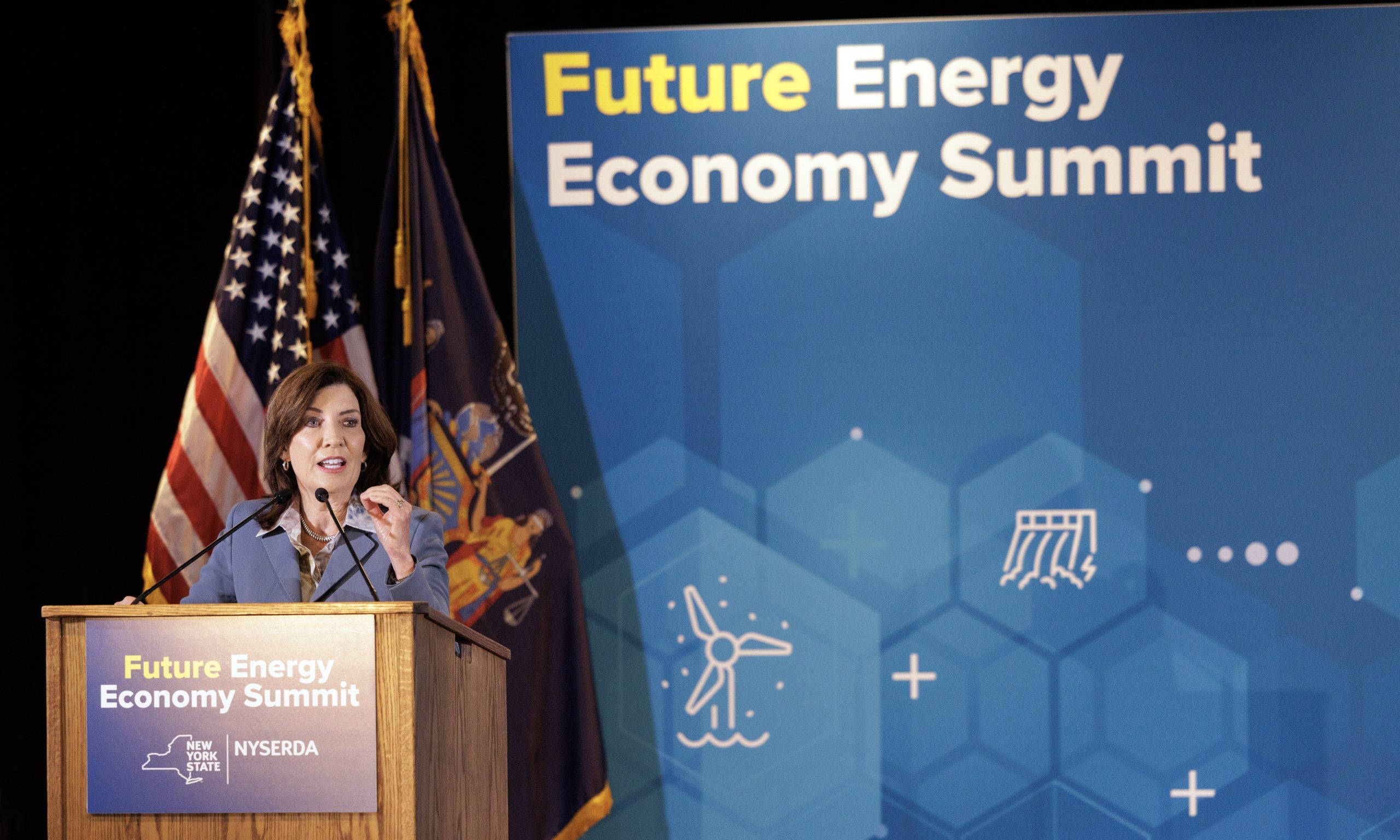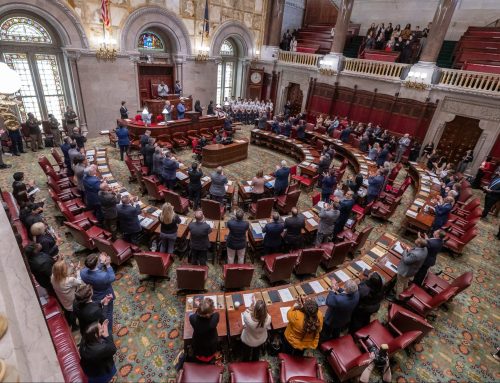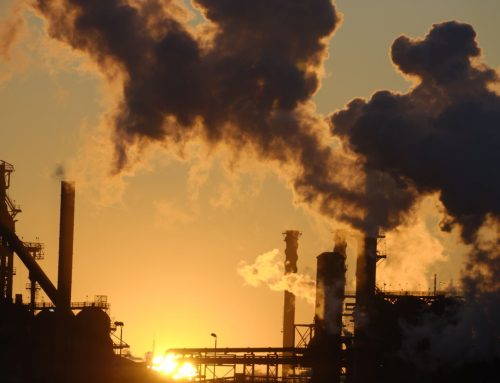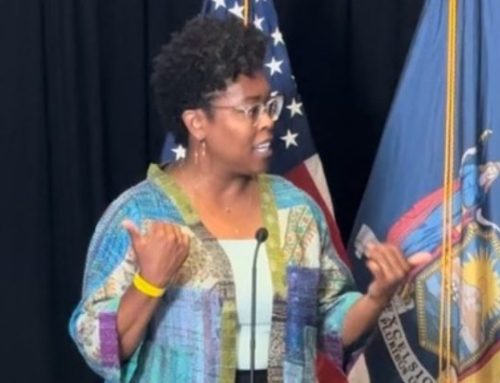New York delinquent in addressing radioactive waste planning
While Gov. Kathy Hochul is exploring new avenues of nuclear power development in New York, her administration – like the governors before her – has been unable to tackle a comprehensive plan for what to do with low-level radioactive waste generated in the Empire State.
A 1986 state law empowered a commission with overseeing the process of acquiring land and setting up facilities for the disposal of items, like protective gear and equipment, that were contaminated with radioactive material or became radioactive following the exposure to neutron radiation. This siting process was quickly paused, with state lawmakers voting 30 years ago to end the New York State Low-Level Radioactive Waste Siting Commission.
“The siting process has been suspended while the State reexamines its LLRW management alternatives and program strategy,” reads a notice on the New York State Energy Research & Development Authority website. A spokesperson would not address what that examination has consisted of.
“As New York looks to the potential of advanced nuclear technologies within New York, access to treatment and disposal options for LLRW will continue to be an important issue and will be examined in our Advanced Nuclear Master Plan effort,” said a NYSERDA spokesperson.
According to the agency, the LLRW generated in New York is still accepted at facilities in Utah, Washington, and Texas.
It’s unclear, though, if all those options will remain open to New York in the future, as the state grapples with what to do with waste from the decommissioning of Indian Point, a cleanup project in Western New York and new developments championed by Hochul. A site in South Carolina that had been a repository for low-level waste restricted its program 20 years ago and it’s possible the three states that New York turns to now could impose similar restrictions.
As part of that legislative action in 1995, the NYSERDA took responsibility for radioactive material control in the state and has been examining the state’s low-level radioactive waste management strategies, according to an agency spokesperson. Their responsibilities include compiling an annual waste report, but they do not post reports from radioactive waste generators.










Social Media